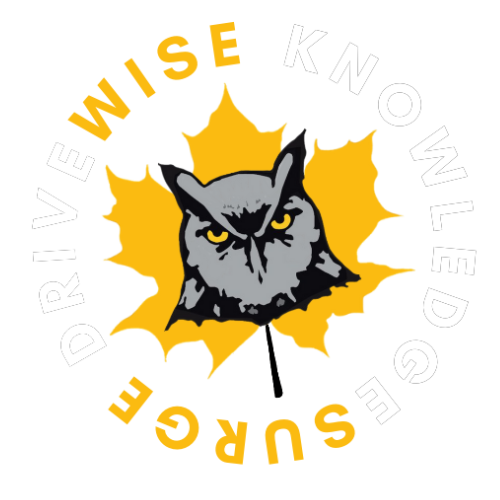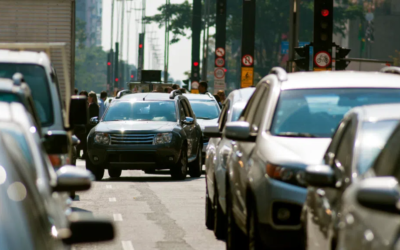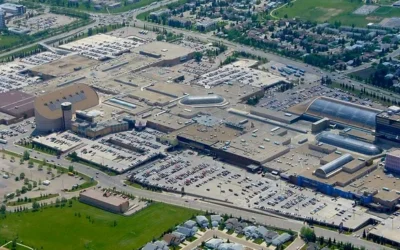As warmer weather approaches and we spring forward into a new season, there are a couple things that drivers need to take into consideration. The sunny and mild weather encourages people to spend more time outside. This means there will be more children playing near roads, more cyclists using bike lanes, and even more pedestrians crossing intersections and streets. While this is an uplifting sight to see as we emerge from a long and cold winter, it also means there are more hazards to watch out for.

First off, as we change into a new season it’s always important to make sure your vehicle is up-to-par. After the icy and frigid conditions of the winter season, windshield wiper blades can become damaged and/or ineffective. This also goes for headlights, taillights, brake lights and turn signals. Make sure these safety features on your car are fully functional should you encounter heavy fog or rain during the spring season. Tires should be switched to all-season or summer tires once the average daily temperate exceeds 7 degrees Celsius and should be properly inflated to ensure good tread.
The spring season is also met with a sudden boost in both pedestrian and animal activity. As both people and wildlife come out of hibernation from a long winter, drivers will need to be extra cautious on the roads. Whether it’s children playing on their neighborhood roads, pedestrians opting to go for an afternoon stroll, or animals foraging for food after a long sleep, drivers should maintain a safe speed and stay alert.
More importantly, drivers will need to remember their responsibility to share the road with cyclists, motorcyclists and even road maintenance crews. Just as one always should, remember to do regular mirror checks and check blind spots prior to all horizontal movement. Especially with cyclists, drivers need to scan bike lanes and sidewalks before making left or right turns.

An unfortunate element of spring weather is the increased likelihood of localized flooding and water build-up on roads. As everything begins to melt and precipitation levels increase, drivers may encounter large puddles and slippery roads. Never attempt to drive through a flooded section of the road as the pavement underneath may be compromised and unsafe. If possible, try to find a different route. Deep puddles can also stall your engine, interfere with your brakes, reduce visibility, or lead to hydroplaning.
Spring also brings the start of the camping and road-trip season. If you have any travel plans this spring, always plan your route and ensure you’re prepared for any bumps along the way. This includes a roadside emergency kit, a well-maintained spare tire or a tire repair kit, a flashlight, a fully charged phone, and a map.
In general, most drivers think of spring as the end of risky driving with the onset of mild weather and better road conditions. While this is true, the departure of snowy and icy conditions does not change the fact that driving is a high-risk activity and a huge responsibility on the part of the driver. No matter what time of year it is – drivers, truck drivers, motorcyclists, cyclists and pedestrians all play a role on keeping the roads safe.




